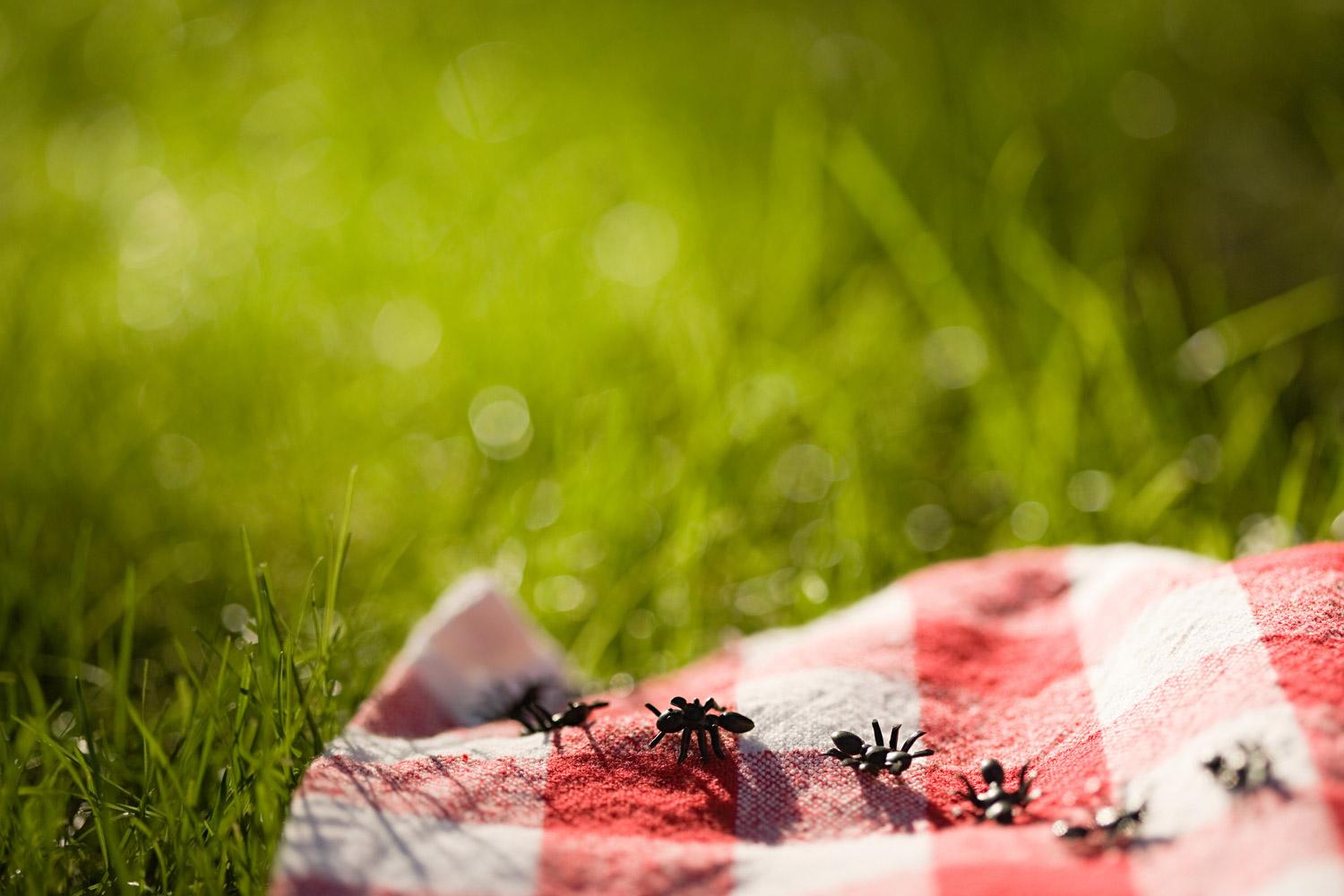
Flint Community Schools Montessori
July 2017 Edition
Maria Montessori-
“The child is both the hope and a promise for mankind.”
Learning about Montessori
The Montessori environment promotes the use of nature in activities. Seeing a Montessori classroom for the first time is eye-opening because it is a unique environment. Montessori believed that by keeping fresh flowers on each of the tables, students would be immersed in natural beauty, cultivating a sense of aesthetics (Turner, 1982).
Montessori environments are created for its students. Montessori believed in a flexible environment, which meant no desks attached to floors. Each room has appropriate furniture for the children; desks and chairs are small enough for little ones, and material-holding shelves compose inviting displays for curious minds. Class materials are openly available for students to work with.
Each Montessori material was developed for a specific purpose, and Montessori was adamant about not allowing students diverge from the object’s intent (Montessori, 2010). However, recent re-interpretations of the Montessori method welcome divergent thinking using Montessori materials. Montessori believed that as a child grows, self exploration and discovery are two of the most important topics to develop self-awareness. This has become a reason why contemporary Montessori teachers allow students to use traditional materials in innovative ways.
View this Ted talk for more information on Montessori and creativity.Flint Community Schools Pre-K-2 Classrooms
Our classrooms are designed around the developmental aspect of self-teaching activities presented with specific instruction, and, at times, elaborate ceremony. It is a privilege, both for the child and the adult, to be able to work with such time-tested materials offering key learning experiences for each child.
The elementary program (K-2) offers a continuum built on the Primary level experience. The environment reflects a new stage of development and offers the following:
• Integration of the arts, sciences, geography, history, and language that evokes the native imagination and abstraction of the elementary child.
• Presentation of the formal scientific language of zoology, botany, anthropology, geography, geology, etc., exposing the child to accurate, organized information and respecting the child’s intelligence and interests.
• Presentation of knowledge as part of a large-scale narrative that unfolds the origins of the earth, life, human communities, and modern history, always in the context of the wholeness of life.
Summer Teacher Training
Learning Outside
Bubbles Made at Home
You can blow bubbles with any mixture of soap and water, but add a "secret" ingredient and you'll get bigger and stronger bubbles! Just follow this recipe.
What You Need:
- Liquid dish soap (Joy or Dawn brands work best. Try to find one that doesn't say 'Ultra')
- Distilled water (tap water is okay, but distilled water makes the best bubbles)
- Clean container with lid
- Glycerin or light corn syrup
2017-18 School Calendar
- Students report on September 5th for a half of day
- October 18th, half day for students
- Novemeber 7th, No School
- November 23 & 24, Thanksgiving Break, No School
- Dec. 22nd, half day for students
- Dec. 25-29, Holiday Break, No School
- Jan. 3rd, School Resumes
Montessori Pre-K GSRP
July start of the Pre-K enrollment. Go to the link below and fill out an interest form and print out a receipt.
www.geneseepreschool.org select DTM Monterssori GSRP.
FCS Montessori
Email: mmcqueen@flintschools.org
Website: flintmontessori.org
Location: 1518 University Avenue, Flint, MI, United States
Phone: (810) 760-1883















